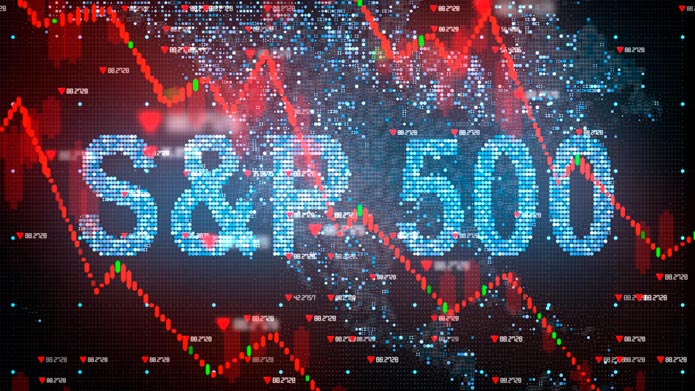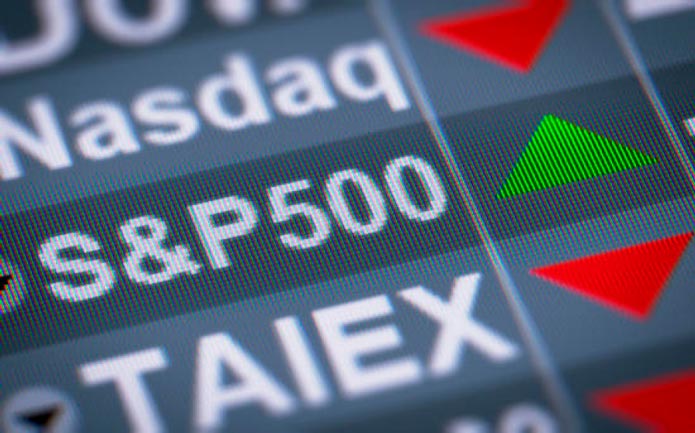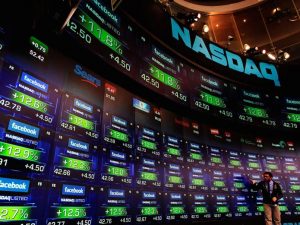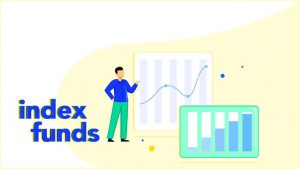Naturally, discussions on Stock Market Indexes are beneficial to traders who would want to try their hands on investing in Stocks. The Stock Market is replete with Stocks that perform outstandingly, giving traders who choose to invest in such opportunities to high profits.
Discussed in this short feature is one of the most-recognized indexes that include a notable number of Stocks that are held by the industry to be promising, given that these are from firms and businesses of repute, thus able to render handsome returns to traders.
What Exactly is the S&P 500 Index?
The Standard & Poor’s 500 Index, or more commonly known as the S&P 500 Index, pertains to a collection of the largest publicly-traded companies within the United States. This Stock Index is weighted through market capitalization and does not necessarily list the leading 500 U.S. companies through market cap. The latter is so as it is completely possible to subscribe to other criteria so as to include a company in the Index.
The S&P 500 Index however details well-known tech firms and companies that are offering financial services.
The S&P 500 belongs to the family of indices duly named S&P Global 1200. Among the many indices that the S&P 500 is clustered with is the S&P MidCap 400, a group of companies that are, as the name strongly suggests, mid-cap and S&P SmallCap 600 that are naturally made up of small-cap companies. Collectively, these Indices are called S&P Composite 1500, the all all-U.S. companies capitalization.
S&P 500 Index: A Market Capitalization-Weighted Stock Market Index
The S&P 500 Index can be calculated through a Weighting Formula. The resulting allocation from the calculation bear higher percentage with the assisting market capitalizations being the largest in the industry. The weighting in S&P can be calculated simply through the addition of all market capitalizations of the companies within the index in question.
To weigh the individual companies within it, one should take the company’s market cap and divide it by the entire market cap of the S&P 500.
To note, a company’s market cap is derived from the current stock price which is multiplied by the company’s outstanding shares.
The Market Cap for S&P 500 is published on a regular basis. This ultimately makes it easy for investors as it leaves them with not being compelled to make computations all the time.
Alphabet Inc. (class A & C), Amazon.com, Apple Inc., Berkshire Hathaway, Johnson & Johnson, JPMorgan Chase & Co., Microsoft, Facebook, and Tesla, Inc., are among the large companies under the S&P 500 Index.
The S&P Index is being tracked by Index Funds which are dubbed as investments by major investors such as Warren Buffett, Burton Malkiel, and John C. Bogle.
The average revenue of the S&P 500 Index that it takes from companies based in the United States only amounts to 72%; this is interesting in that the Index lists firms that are exclusively based in the country.
It is also interesting to note that the S&P 500 Index factors in largely to the forecast of the Conference Board Leading Economic Index. The board’s forecast is primarily where investors take cues from when they chart their next steps in their trading endeavors.
The Index is connected to many ticker symbols. This is of course reliant on market or website, these ticker symbols include ^GSPC, INX, and $SPX.
Religiously, the value of the Index is updated within every 15 seconds. To compute, that totals to 1,559 times within a trading day. This is reported through financial news firm titan, Reuters.
S&P Dow Jones Indices maintain the S&P 500. This is a joint venture wherein the majority of the Stocks are owned by S&P Global. The components are selected by a committee.
Construction of the Index
It is important to remember that the S&P 500 Index makes use of Free-floating shares. What this tells us is that the shares within the Index may be traded publicly.
In order to compensate for new share issues, the S&P makes certain adjustments to the market capitalization of the companies that are under its wing. These adjusted values are then divided by a divisor. The divisor is the only thing that is not disclosed publicly.
The weighting of the company is held valuable by all investors that have placed their trust in the Index. This informs investors of the kind of impact that a stock has on their portfolio should it rise or fall.
S&P 500 Index Limitations
Stocks within an index have the tendency of being overvalued. What this means is that the values of these indices have the inclination of rising higher than their apparent fundamentals.
Investors know that in the event that a Stock bears heavy weighting goes into the process of being overhauled, it will usually inflate the entirety of the Index’s value.
An Example of a Market Capitalization From the S&P 500
In general, the investor should note that if a company has a large market weight it will bear great impact with every 1% change of the price of a Stock in the Index.
One example that we can look at is the weighting of well-known stock, Apple.
For the fiscal year of 2020 which ended on September 26th, Apple Inc. reported the total number of its common shares to amount to 17,001,802,000.
The Market Capitalization for Apple was at 17 billion * $128.23. The numerator used is $2.18 trillion billion for the calculation of the Index.
S&P 500’s market capitalization is $31.61.
Seven percent (7%) is Apple’s recorded weighting in the S&P 500 Index. It is calculated by dividing the total $2.18 Trillion to $31.61 Trillion.
How to Invest in the S&P 500 Index
One can easily invest in the S&P 500 Index through the purchase of an index fund, may this be a mutual fund or an exchange-traded fund (ETF).







